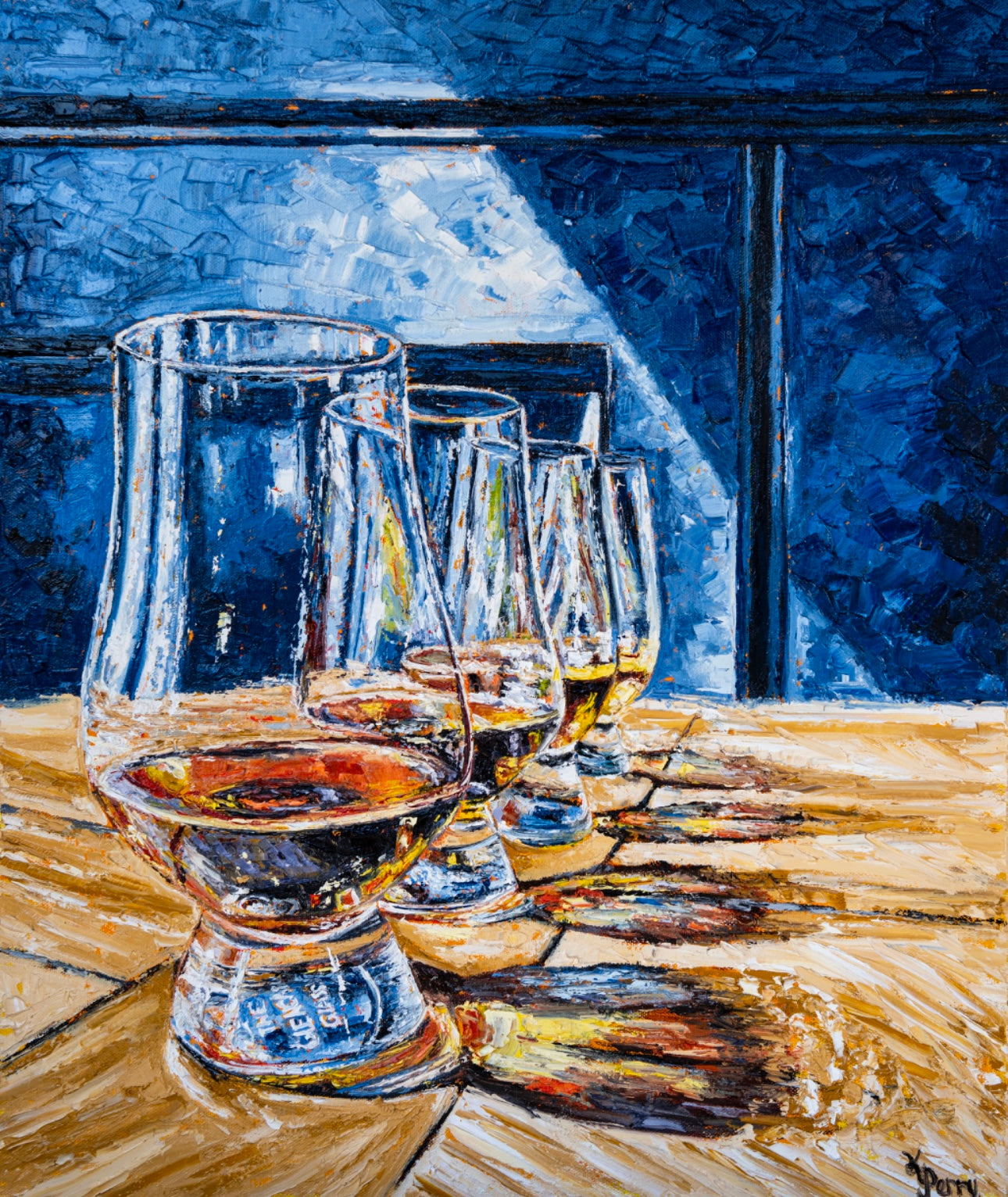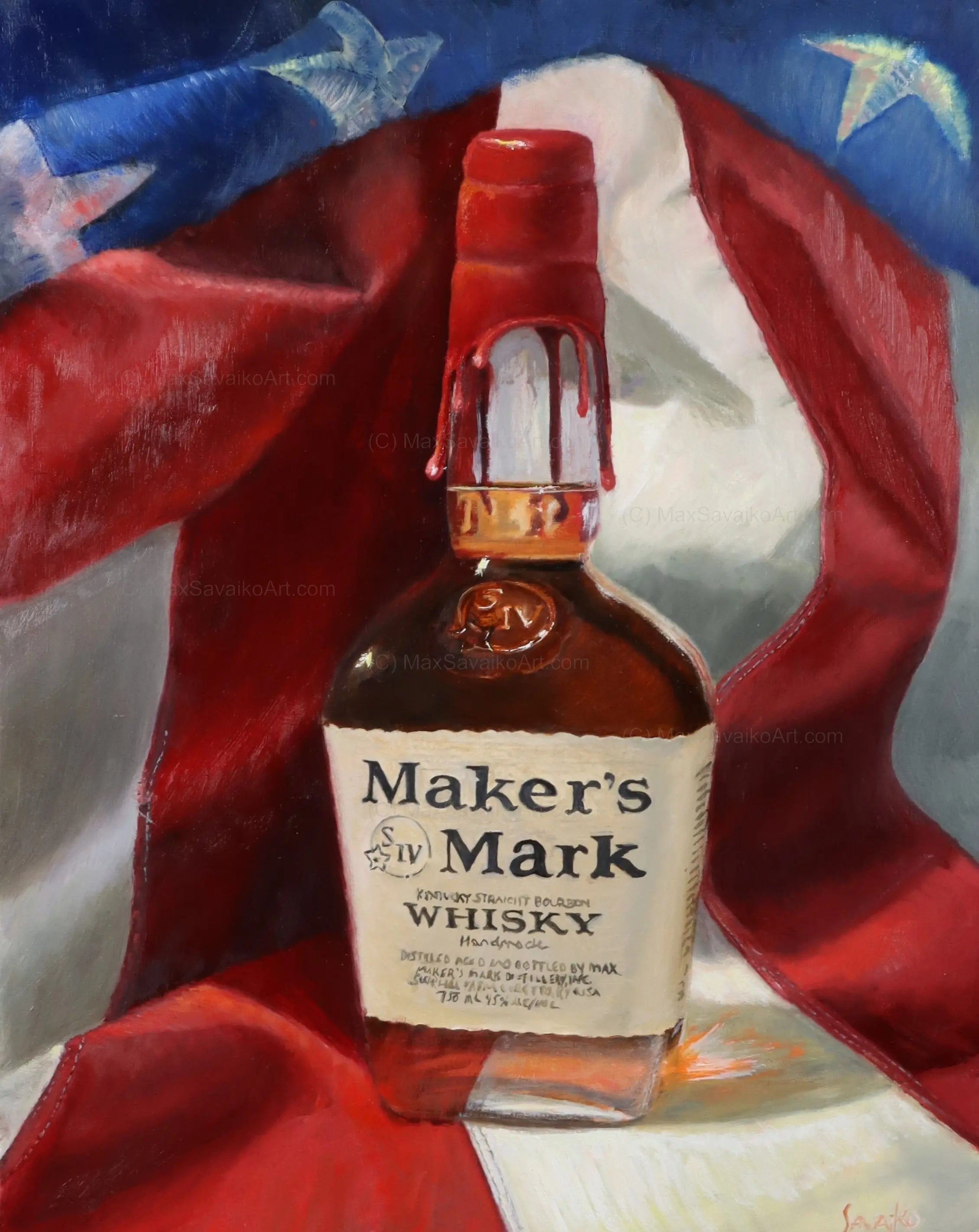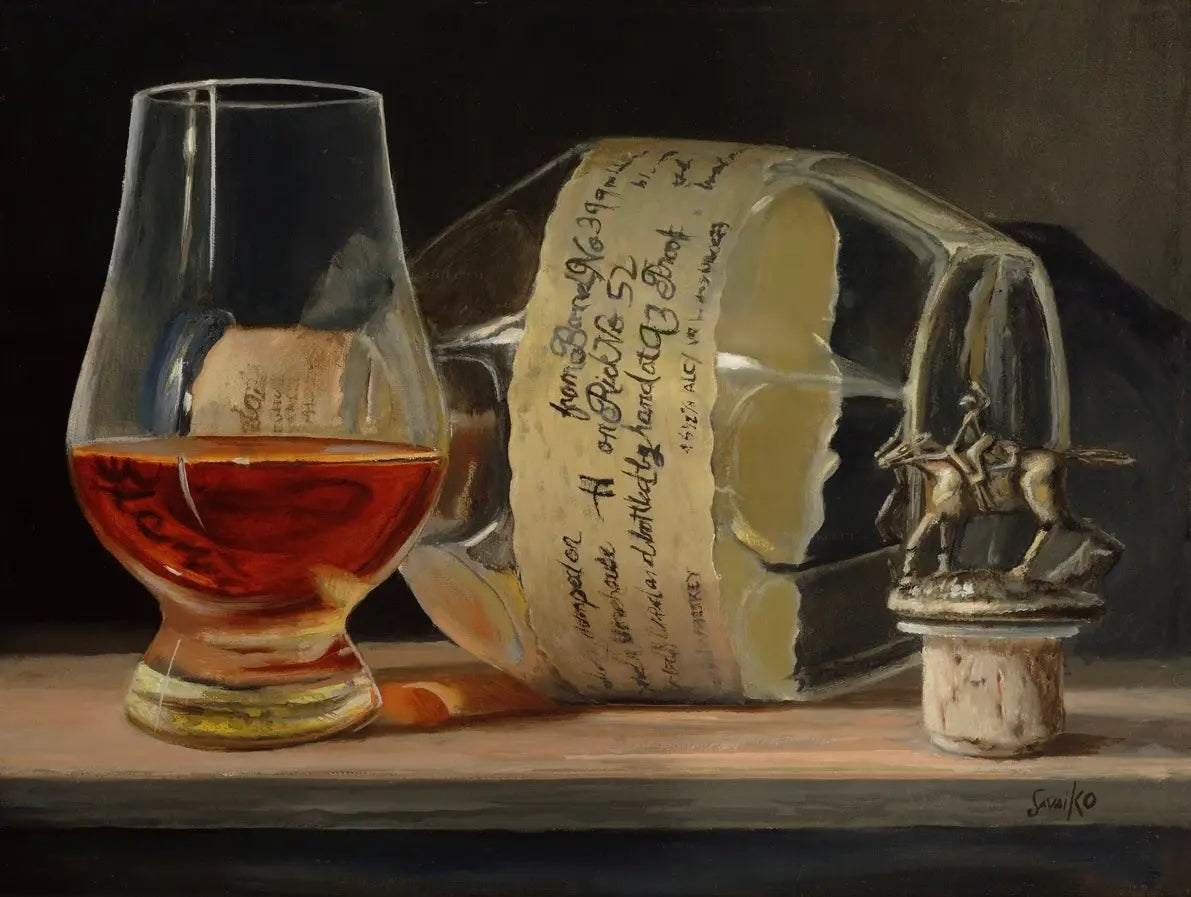Whiskey Art as a Statement: Exactly How It Enhances Home Decoration
Whiskey Art as a Statement: Exactly How It Enhances Home Decoration
Blog Article
The Relevance of Whiskey Art in Celebrating Heritage and Workmanship in the Beverage Industry
The intricate partnership between scotch art and the celebration of heritage and workmanship within the drink sector can not be overemphasized. With thoughtfully designed tags and containers, whiskey brands envelop their historical origins and the artisanal skills that specify their manufacturing approaches.
The Historic Origins of Whiskey
At the heart of whiskey's attraction lies an abundant tapestry of historical origins that map back to ancient civilizations. The origins of whiskey can be connected to the purification methods of the Sumerians and Babylonians around 2000 BCE, where very early forms of fermented grain drinks started to emerge. It was in the Center Ages that the art of purification advanced substantially, especially in Ireland and Scotland, leading to the production of whiskey as we recognize it today.
The term "whiskey" itself originates from the Gaelic word "uisce beatha," implying "water of life." This expression underscores the social value of scotch in Celtic cultures, where it was frequently related to routines, celebrations, and common bonding. By the 15th century, distillation became an acknowledged craft within reclusive communities, leading the way for the facility of lawful distilleries.
As trade paths increased, whiskey's popularity expanded, transcending regional boundaries and catching the rate of interest of lovers worldwide. Limited Edition. This historic journey mirrors not just the workmanship behind bourbon production however likewise its indispensable role in cultural and social contexts, noting it as a significant beverage throughout history
Artistic Expression in Branding
Whiskey branding stands as a compelling junction of virtuosity and business, where aesthetic identity plays a crucial duty fit customer perception. The visual appeals of whiskey tags, product packaging, and advertising materials show not just the brand name's story but also its core values and heritage. Through artistic expression, distilleries convey a narrative that reverberates with consumers, evoking emotions and sparking connections.
Making use of color, typography, and images in branding serves to set apart products in a saturated market. Standard concepts may stimulate a sense of authenticity and workmanship, while modern styles can signify advancement and forward-thinking. This strategic creative instructions enhances brand acknowledgment and commitment, allowing consumers to build an individual partnership with the scotch they pick.
Moreover, creative expression in branding often serves as a party of local heritage. Distilleries frequently integrate regional icons or historical referrals right into their designs, creating a local color that welcomes customers to take part in a broader cultural experience. Inevitably, the virtuosity behind bourbon branding not just enhances visual appeal but also enhances the general narrative of the brand, promoting a much deeper recognition for the workmanship and heritage ingrained in each container.
Workmanship in Bottle Design
The artistry apparent in whiskey branding extends beyond aesthetic identification to incorporate the workmanship associated with bottle design. Each bottle works as a vessel not simply for the spirit within, however likewise for the story it tells about its quality, origin, and tradition. The design procedure needs precise attention to information, as elements such as shape, closure, and product contribute dramatically to the total understanding of the bourbon.
Craftsmanship in container layout includes picking top imp source notch glass that can boost the bourbon's shade and quality, while also giving a tactile experience for the customer. The silhouette of the container have to be both useful and aesthetically enticing, often showing the heritage of the brand. Lots of distilleries go with distinct forms or embossed logo designs that evoke a sense of credibility and history.
Additionally, the tag design and typography play a vital role in interacting the brand name's narrative. Limited Edition. A well-crafted container not only mesmerizes the customer's eye yet likewise enhances the brand's commitment to top quality and tradition. This way, the workmanship of container layout becomes a crucial element of the scotch experience, merging virtuosity with an extensive respect for heritage
Social Importance of Bourbon Art
Commemorating tradition and craftsmanship, the cultural relevance of scotch art goes beyond plain aesthetic appeals, linking with the social and historical narratives of the regions from which it originates. Each bottle serves as a canvas, portraying the special stories, folklore, and practices that have actually formed neighborhood whiskey-making techniques. The detailed layouts often reflect the heritage of the distillers, incorporating symbols and motifs that resonate with the society and worths of their areas.

In addition, whiskey art plays a vital role in public celebrations and events, acting as a tangible web link between people and their shared experiences. By valuing the virtuosity in bourbon product packaging, consumers cultivate a deeper understanding and respect for the craft, inevitably improving their pleasure of the beverage itself.
Modern Trends in Whiskey Presentation
Over the last few years, the presentation of bourbon has actually developed to reflect contemporary tastes and trends while still honoring standard craftsmanship - Limited Edition. Distilleries are progressively concentrating on aesthetic components that boost the overall drinking experience, connecting the void between heritage and modernity
Innovative container layouts have emerged, commonly incorporating lasting products and artistic tags that inform compelling tales. Numerous brand names now team up with local musicians, infusing their items with unique visual expressions that reverberate with consumers. In addition, limited-edition releases are commonly packaged in collectible containers, adding value and allure for connoisseurs.

Conclusion
To conclude, bourbon art acts as an important channel for sharing the heritage and craftsmanship inherent in the beverage market. Via complex branding, innovative bottle styles, and culturally substantial artistic aspects, scotch brands effectively honor their customs and link with customers. This creative story not just boosts the admiration of bourbon yet additionally reinforces neighborhood identification and satisfaction among producers. Ultimately, scotch art plays a necessary duty in preserving and commemorating the abundant cultural tapestry of whiskey-making.


Workmanship in bottle layout includes picking high-grade glass that can enhance the scotch's color and clarity, while likewise offering a tactile experience for the customer. In this means, the workmanship of container design comes to be a crucial element of the whiskey experience, merging artistry with an extensive respect for heritage.
In verdict, scotch art serves as a crucial channel for revealing the More hints heritage and craftsmanship fundamental in the beverage market.
Report this page